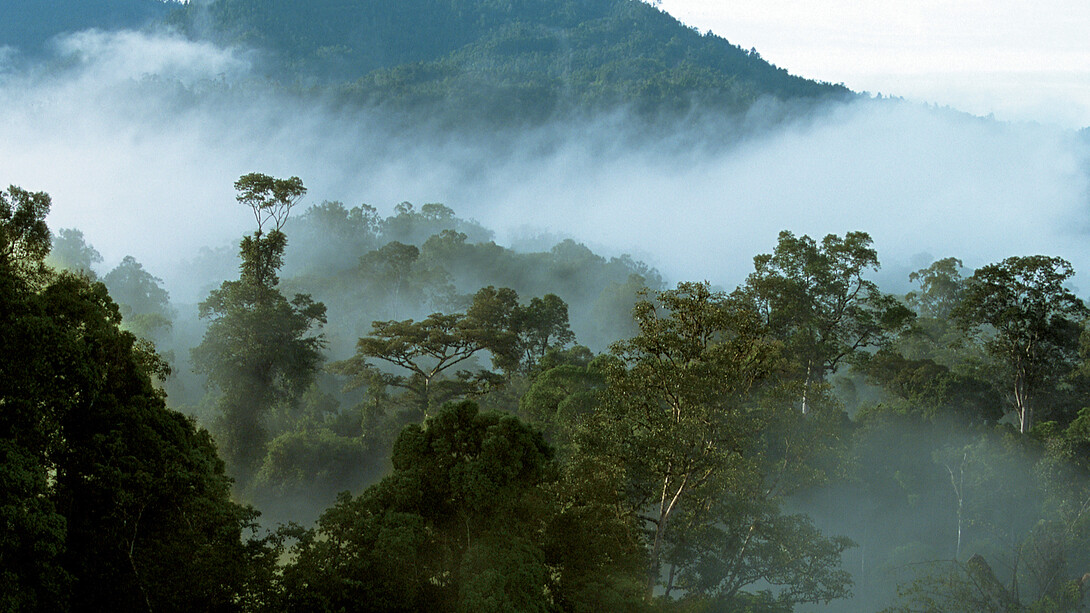If the regional seas and forests start to be protected in a planned and scientific way, which better reflects the local ecosystems, they could become the engine of regional economic growth.
By Chiara Suprani
Last year in December, natural disasters wrecked both the Philippines and Malaysia. The calamities resulted in a large number of fatalities and severe consequences on the landscape and on the biodiversity of the two countries. The Philippines and Malaysia are not the only areas hit by climate change, but the entire South-East Asia region is one of the places in the world most vulnerable to climate changes. Nevertheless the region has a crucial role in the progress toward achieving the goals of the global energy transition, yet its economic potential within the environmental protection sector has been valued only recently.
On June 15th, 2022 the Academy of Science Malaysia published a study commissioned by Campaign for Nature, titled “The Nexus Of Biodiversity Conservation And Sustainable Socioeconomic Development In Southeast Asia”. The study admits the environmental and economic value of investing in biodiversity protection and preservation of the southeast edge of the asian continent. Additionally, the Academy highlights that the competences on the conservation of the ecosystems developed in the ASEAN countries could become an important input in other countries, especially if the competences are not mere instruction, but they become a full socio-economic model. In fact, even if South-East Asia covers only 4 percent of global landmass, according to the Biodiversity Intactness Index (BII), the single region presents the 80 percent of the entire global biodiversity. The reason why the model of South-East Asia is perfect to get inspiration from is that it has been the region in the world better able to preserve its biodiversity. Thus, with the right investments, South-East Asia could turn into the nexus between sustainable growth and the protection of local fauna and flora.
If the regional seas and forests start to be protected in a planned and scientific way, which better reflects the local ecosystems, they could become the engine of regional economic growth. To this extent, the regional economic growth would not be based on the exploitation of the resources but on their improvement, hence creating a model of economic growth fixed on environmental protection.
The Malaysian study understood the importance of the protection of the environment, as an active component of the growth of a country, thanks to a report published by the World Wide Fund for Nature (WWF) in 2018. The report has recognized that the preservation of the ecosystems worldwide is worth US$ 125 trillions. Considering that 57 percent of sea areas and forests belong to South-East Asia, then US$ 2.9 trillions could go into ASEAN countries’ pockets, whose gross domestic product (GDP) in 2018 was US$ 3 trillions. Therefore, the economic potential of preservation and conservation of biodiversity is very tempting at first, especially for developing countries. However, in order to grasp the benefit of this outcome, the governments in the region have to be willing to invest 10 billions of dollars every year, starting from today, up to 46 billions annually in 2030. Moreover, the funding has to be allocated for projects such as the requalification of mangroves, the greening of cities, the creation of carbon credits and the education and digitalization.
Professor Emil Salim, a member of the directive committee of Campaign for Natura, affirmed that thinking about biodiversity as a business able to generate profits is the right recipe for captivating the international and local agencies’ attention on conservation. For instance, the Rimba Raya Biodiversity Reserve Project in Indonesia is the biggest project for the reduction of carbon footprint caused by deforestation and forest degradation (REDD+). The project aims to preserve tropical moors with high carbon density and it was able to stop the deforestation of 65 thousand hectares for palm oil plantation. Financed by the Canadian Carbon Streaming, the REDD+ project was capable of feeding the carbon credits back to the local communities and the infrastructures. The Rimba Raya project was the first REDD+ project that contributed to all 17 Sustainable Development Goals (SDG) of the United Nations, and also that safeguarded 105 thousands orangutans, an endangered species.
Among the ecosystem, the forests are one of the richest in biodiversity, and their value is measurable not only in width, but also in their prosperity and health. Finding the right balance between agriculture, arboriculture and safeguarded forest is key, but protecting their ecosystemic wellbeing is imperative for their survival, especially when the consequences of climate change not only hit plantations but also preserved ecosystems. Oxford Economics, a forecasting company, has highlighted that when looking from a long term perspective, Thailand and the Philippines’ temperatures and torrential rainfall frequency and volume are above average. The company has observed that the heat waves in Thailand in december 2014 and in Vietnam in february 2019 concurred by 5-6 percent of price increase of food products in those months. In conclusion, focusing all the efforts and investments on improving the climatic resilience of the ecosystems, would eventually reduce their vulnerability towards extreme meteorological events. It will also allow the governments to have more control over the economical consequences of these catastrophes on their countries.






